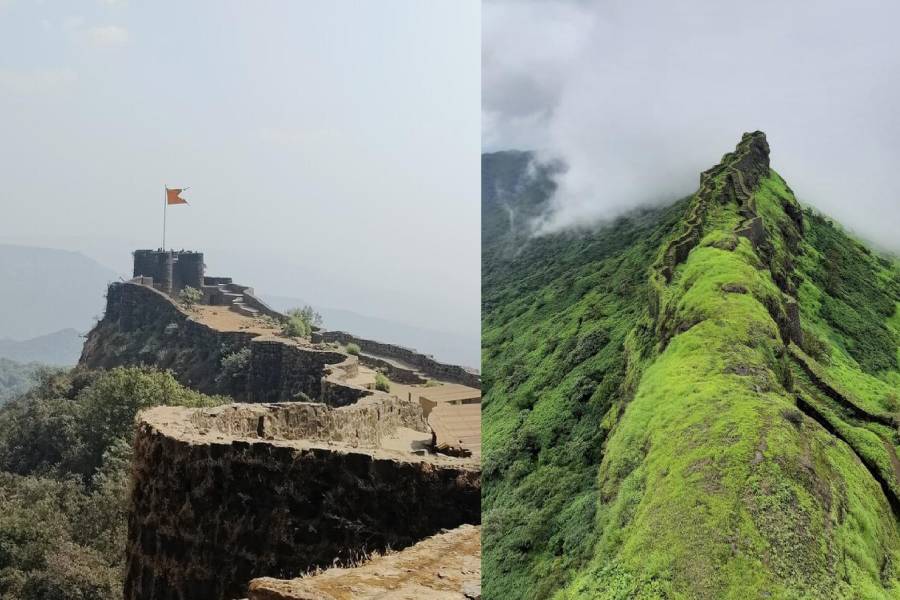
The European influence on women’s clothing in India is much documented. We know everything about how the Tagore women revolutionised and “modernised” the sari by pairing it with the jacket and the petticoat.
But one thing that is hardly ever talked about, but yet is a very significant item in most women’s wardrobe, is the nightie.
No one knows when the Victorian ladies’ nightgown, preferably made with Indian muslin, changed into the Indian “nightie”, but the dress remains another big-ticket contribution of colonial rule. And it still rules. It has evolved for itself a full-fledged post-colonial life with several regional variations, wherever the climate has been in its favour, from Kerala to Bengal.
Yes, these two states have more than Communism and fish-eating in common. The nightie flourishes particularly in these states it seems.
The heat and the humidity common to both the states may be a factor. The nightie is far more comfortable to wear than the salwar kameez, or the sari, when the garment tends to stick to the skin. Plus nighties are usually made of cotton.
For a large number of women, the nightie is nightwear and more. One can step out into the neighbourhood in it with a dupatta draped over.
Nightie can be workwear: draped with a dupatta again, women in nighties are often seen “manning” shops in the city and outside. NRIs are known to descend on Gariahat in droves to take back the right nightie, only found on the pavement stores of Calcutta.
It’s time it was exported.










